White Tower of Thessaloniki - From Former Prison to Current Museum
If you find yourself in Thessaloniki, you cannot pass by without seeing - the White Tower. This monumental tower not only dominates the city’s waterfront, but also carries a rich and painful story of past times and events that have shaped the history of Thessaloniki.
History of the White Tower
The White Tower, as we know it today, was built in the 15th century, shortly after the Ottomans conquered Thessaloniki in 1430. However, its foundations lie on the site of an older tower, which was part of the Byzantine fortifications. During the Ottoman Empire, the White Tower had many different roles and names, depending on the period and its use. Initially, it was known as the Tower of the Lion, later called the Tower of Kalamaria, while in the 19th century it had two names, depending on its use: Tower of the Janissaries when it housed a Janissary garrison, and Tower of Blood (Bloody Tower) when it became a prison and a place of execution for convicts.
In his book on the city’s monuments from 1880, historian Mihail Hatzis Ioannou called it the Bastille of Thessaloniki, where those sentenced to death were killed on its terrace, and their blood stained its walls red. The beginning of the execution of the death penalty was marked by a shot from the western part of the city.
The tower changed its appearance and significance in 1883, when by order of Sultan Abdul Hamid II, it was painted white. This transformation symbolized the new, reformed character of the Ottoman Empire, and its “bloody” nickname was replaced by a more neutral name - the White Tower. Interestingly, according to one story, the prisoner Nathan Guiledi whitened the tower in exchange for his freedom.
Today, the White Tower stands as a symbol of resistance and survival. Since the late 19th century, it has become an integral part of Thessaloniki’s waterfront, especially after the demolition of the sea walls that once surrounded it. During World War I, its space was used to store archaeological artifacts, then for military purposes, while in more recent history it has gained cultural significance.
White Tower Museum
Today, the White Tower is a museum and part of the Museum of Byzantine Culture in Thessaloniki, and we recommend you to visit it.
Its numerous floors tell stories of the rich history of the city, from its founding around 316 BCE through the Byzantine era and Ottoman rule, all the way to modern times.
The exhibition succinctly presents aspects of the city’s history, characterized by a long and continuous historical presence.
In the museum, you will encounter a pleasant surprise of a blend of tradition and modern multimedia content presentation, so you will enjoy moving images and surely your walk through history will not be boring, at least that is our impression.
The White Tower in Thessaloniki has multiple floors, each containing different displays and exhibitions.
The museum is accessible to visitors who cannot climb the floors. A virtual tour is available for them, covering the entire exhibition, allowing them to explore all the exhibits through digital content.
Here is a brief overview:
- Ground floor: “Thessaloniki. Space and Time”
Here you will see a vertical banner with the personification of Thessaloniki, images of Thessaloniki through the centuries are projected on the floor, from early settlements to today, which is very interesting and in our opinion, very effective. Here is also a text from the ancient geographer Strabo about the origin and name of the city.
- First floor: “Thessaloniki. Transformations”
The exhibition shows the urban development of Thessaloniki through the centuries. The central part of the exhibition showcases the city’s evolution and key infrastructure, such as fortifications, water supply, and the port. Significant events from the 19th and 20th centuries are also depicted, including the demolition of the walls, the Great Fire of 1917, and the city’s redesign by architect Ernest Ebrar.
- Second floor: “Thessaloniki. Monuments and History”
The exhibition presents key historical phases of Thessaloniki through seven important monuments. Through video projections, visitors follow the city’s development from the Roman to the Ottoman period, through monuments such as the Golden Gate, Roman Agora, Galerian Complex, churches of Saint Demetrius and the Twelve Apostles, Acheiropoietos Church and Heptapyrgion. Additional rooms showcase important historical events, such as the Hippodrome massacre, the struggle for liberation in 1912, and the period of World War I.
- Third floor: “Thessaloniki. People’s Homeland”
The theme of this floor is the people who found their home in Thessaloniki - whether they were born there or came from other places.
Visitors first see the door of a house with a screen displaying images of Greek refugees’ lost homelands from 1922. In the circular room behind the door, a film is shown where old Thessalonians share memories, and newcomers describe their first impressions. Demographic data on the city’s population throughout history and quotes from writers and travelers who described Thessaloniki are displayed on surrounding panels. In adjacent rooms, information is presented about the lives of Thessalonians during different historical periods: ancient, Byzantine, and Ottoman, as well as about refugees from 1922, the suffering of Thessaloniki Jews during World War II, urbanization in the 1950s and 1960s, and returnees from the 1990s.
- Fourth floor: “Thessaloniki. On Trade Routes”
This floor focuses on the trade and economy of Thessaloniki. At the entrance, there is a wooden structure with a projection of the city visible from the sea. The central area features archaeological artifacts, such as amphorae and coins, along with graphic representations of trade exchanges and markets. Screens on the walls illustrate trade routes throughout history. In adjacent rooms, the International Fair, market history, products, and social changes caused by industrialization are presented.
- Fifth floor: “Thessaloniki. Leisure and Culture”
This floor explores the intellectual and artistic life of Thessaloniki in the 19th and 20th centuries. The central part is a small amphitheater showing a film about the artistic and sports life of the city. In surrounding rooms, light boxes represent the theme of the press, Aristotle University, education, literature, theater, film, and music. There are slides with old newspapers, a video about radio and television in Thessaloniki, an interactive application about prominent figures, as well as an audio application with songs mentioning Thessaloniki.
- Sixth floor: “Tastes of Thessaloniki”
This floor is a “gastronomic corner” where you can discover the culinary diversity of Thessaloniki and the influences of different cultures. Part of the space is equipped as a dining area with tables whose surfaces are screens showing video recipes of typical dishes and desserts from Thessaloniki. The walls are adorned with photographs of restaurants in the city.
- The sixth floor also houses the Museum shop, while on the terrace, metal signs provide information about historical sites and monuments.
- At the top, there is a balcony where you can enjoy the panorama of the city live and the view of the sea and the ships waiting to enter the harbor.
In addition to these permanent exhibitions, temporary exhibitions are often organized that deal with specific themes or events from the history of Thessaloniki.
Opening Hours and Ticket Prices
The White Tower Museum is part of the Museum of Byzantine Culture (located nearby) and their website can be viewed here.
Winter Hours (November 1 - March 31):
Every day (including weekends): 08:30 - 15:30
Summer Hours (June 13 - October 31):
Monday, Wednesday, Thursday, Friday, Saturday, and Sunday: 08:00 - 20:00
Tuesday: 13:00 - 20:00
Ticket Prices for the Museum of Byzantine Culture and the White Tower
April 1 - October 31:
General admission: 6 euros
Reduced admission: 3 euros
November 1 - March 31:
General admission: 3 euros
Free Admission
Entry is free for all visitors on the following days:
Every first Sunday of the month (from November 1 to March 31)
State holiday - October 28
International Monument Day - April 18
International Museum Day - May 18
European Heritage Days - last weekend in September
Memory of Melina Mercouri - March 6
The White Tower is much more than a simple building - it is a witness to changes, conquests, and revolutions, but also a symbol of unity and the survival of the city.
If you truly want to get to know Thessaloniki, a visit to the White Tower should be at the top of your list.
When visiting, bring a camera, capture moments, and share your experience with us and the numerous members on our social networks:
Facebook: Nikana.gr
Instagram: @nikana.gr
Tiktok: nikana.gr
Facebook group: Live from Greece
YouTube channel @NikanaTravel
Write to us via email: nikana@nikana.gr
Visit our website nikana.gr for the leading source of information about Greece in the Balkans.
Check out our Thessaloniki Guide where you can find many more useful information and plan an unforgettable tour of the city.
Thessaloniki Guide
What to see in Thessaloniki
Weekend in Thessaloniki
We are always here to help you explore Greece! Follow us for the latest information, useful tips, and authentic experiences to have an unforgettable holiday in Greece!


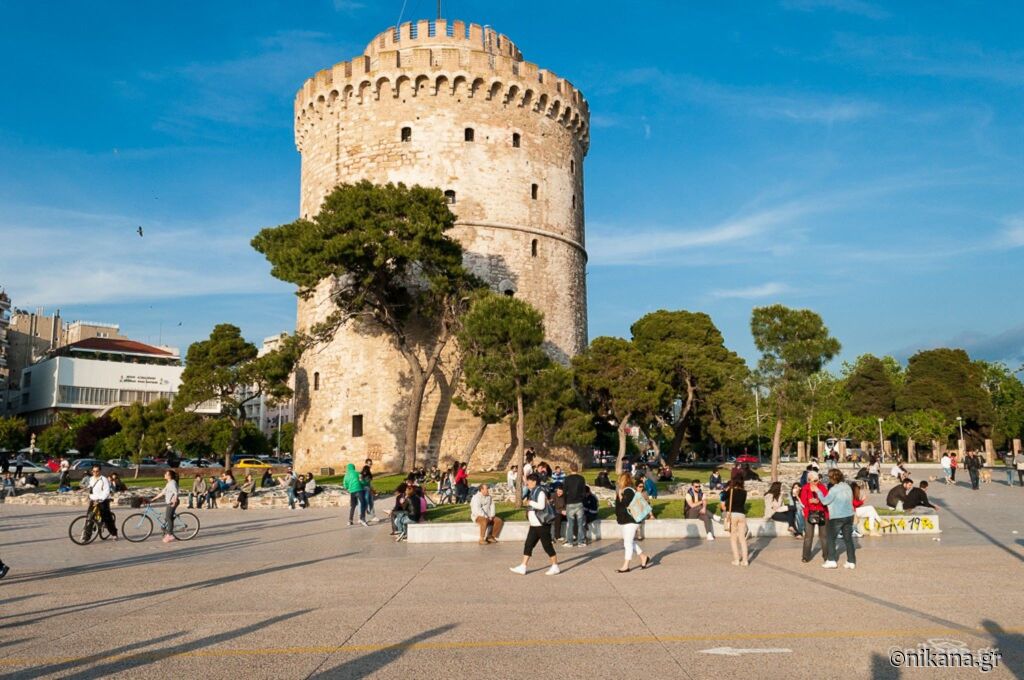
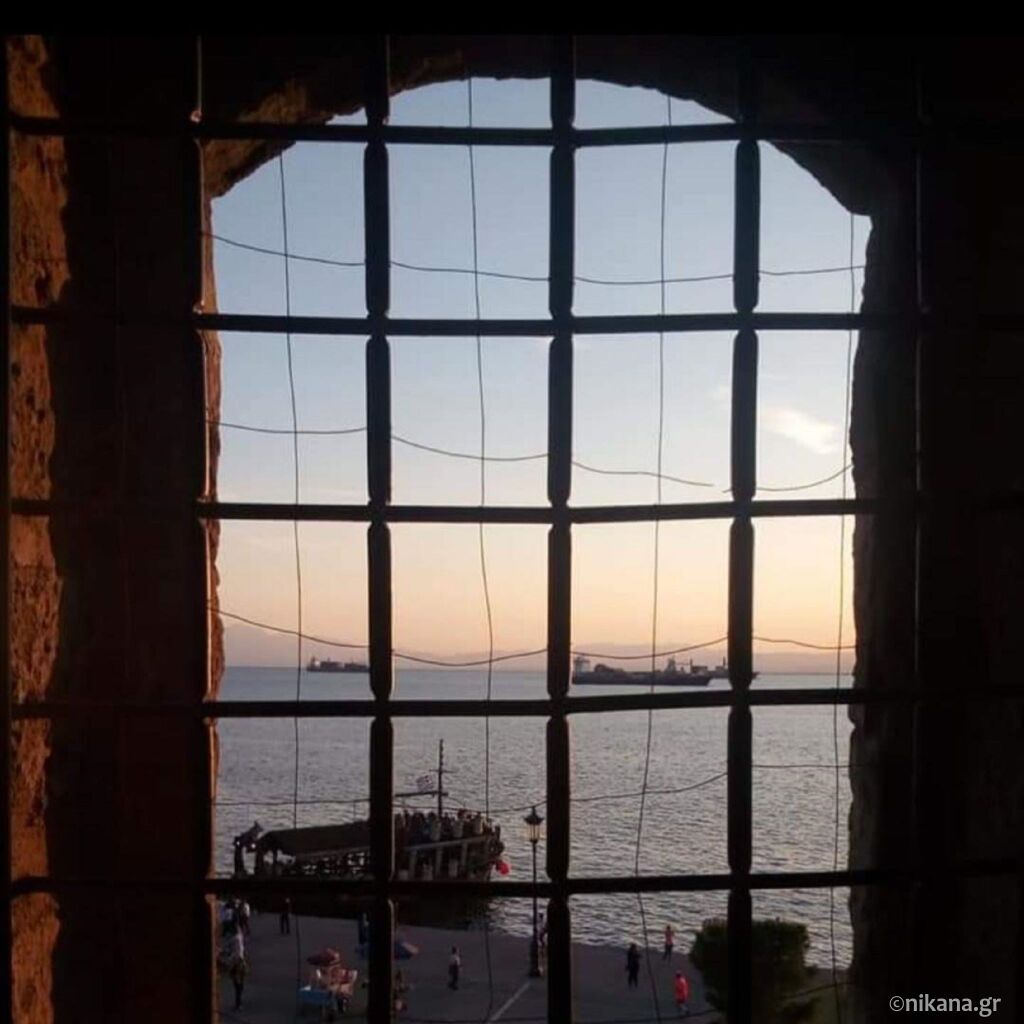
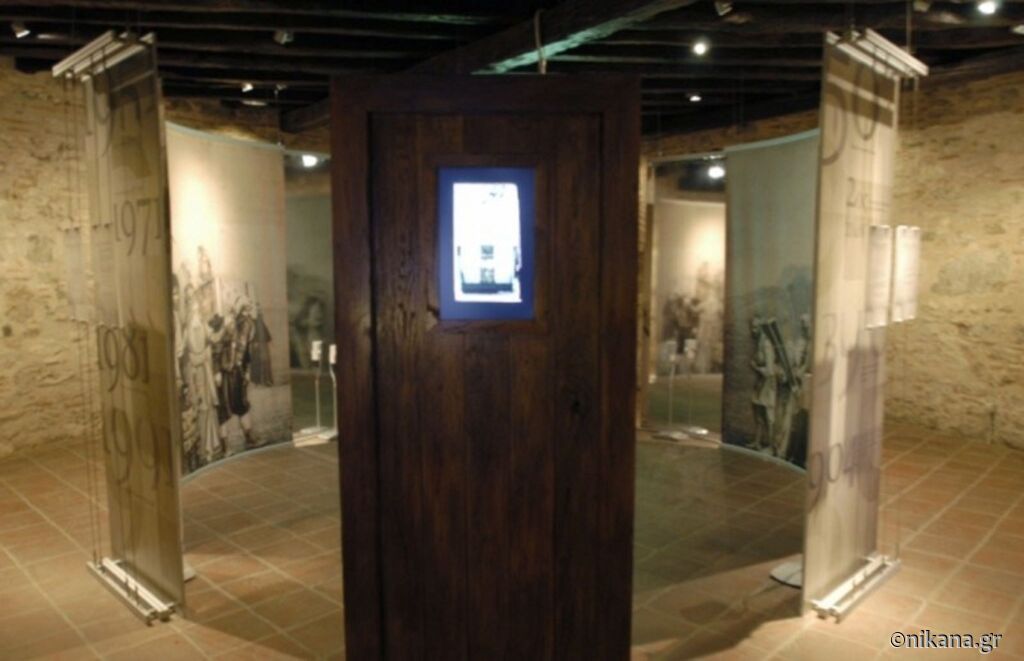
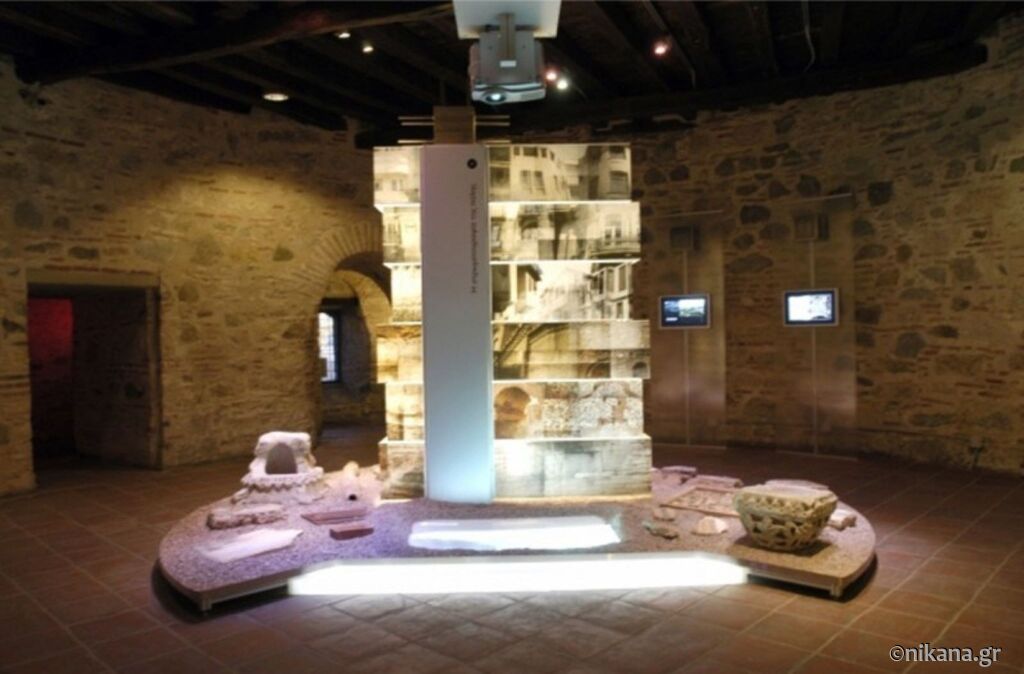
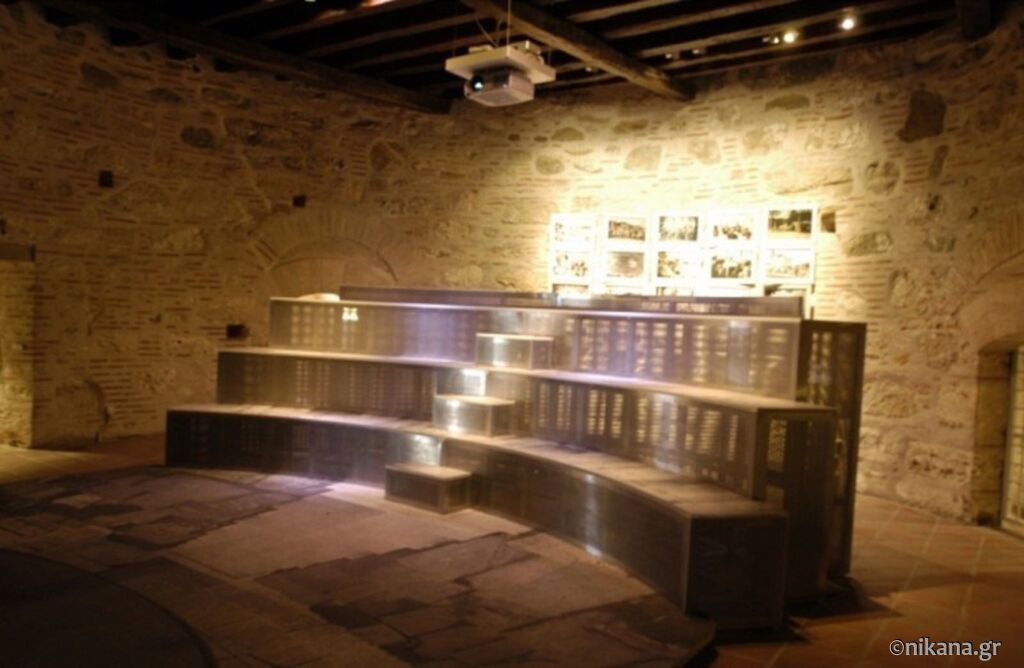
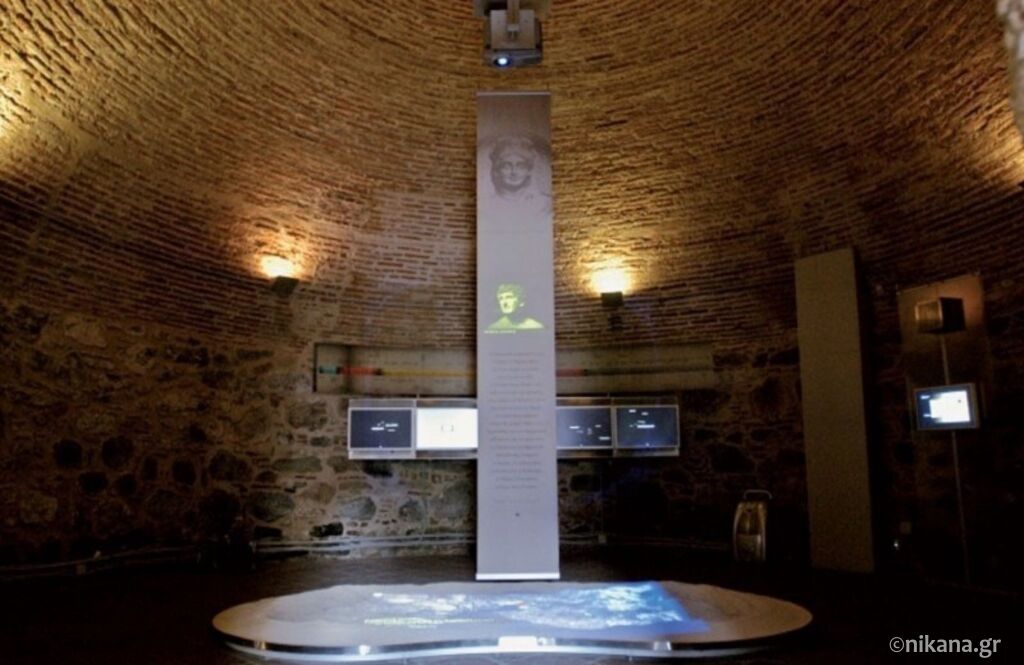
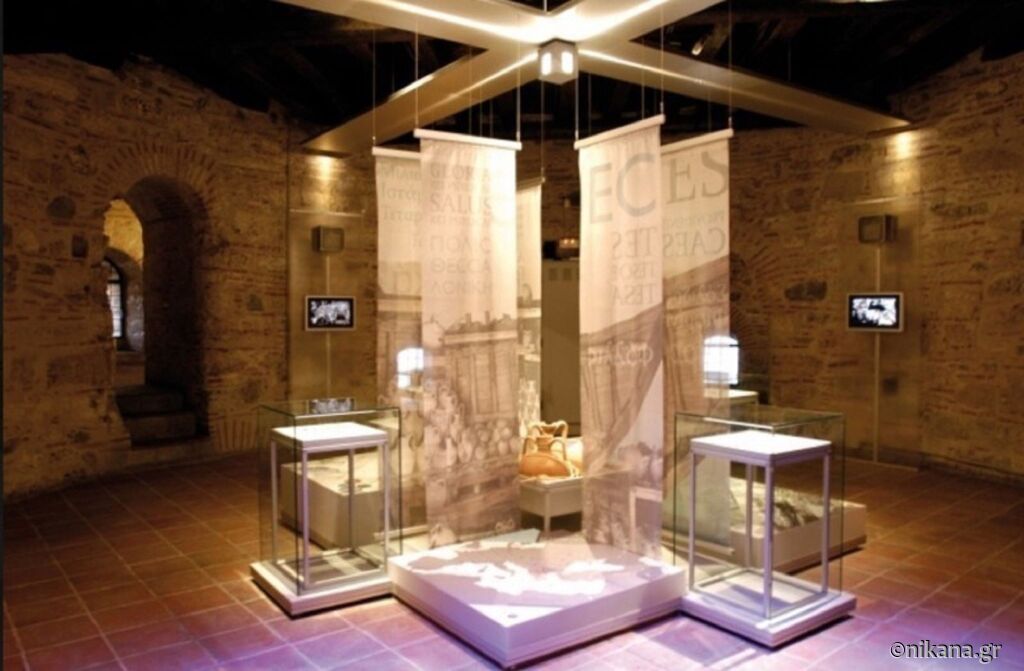
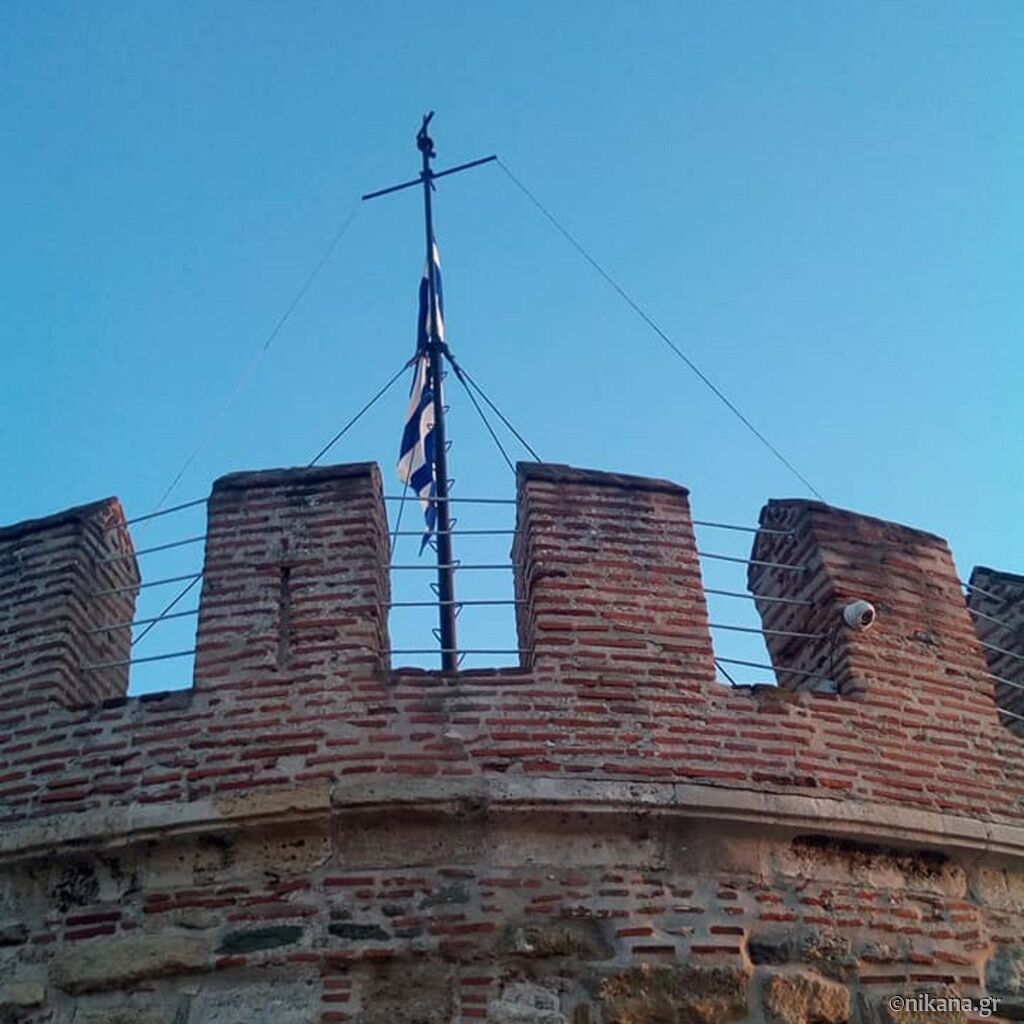
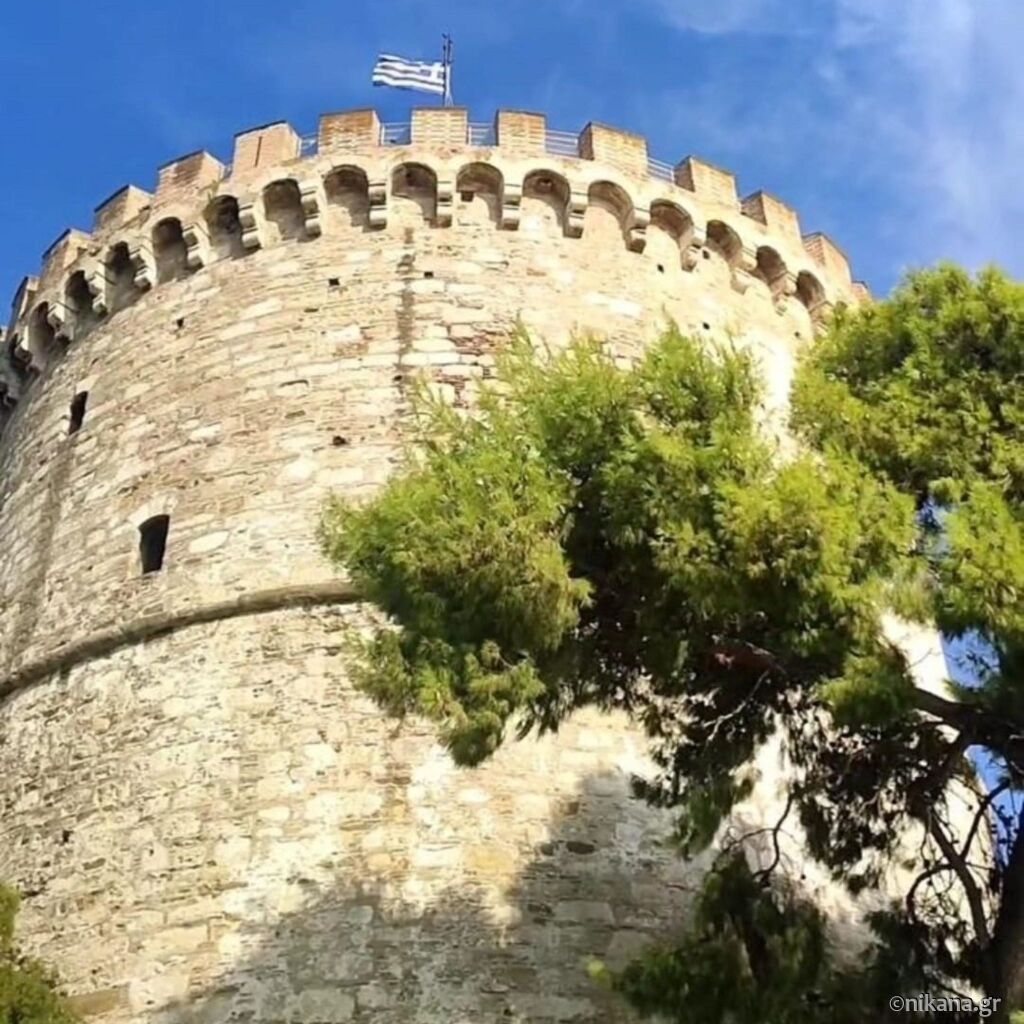
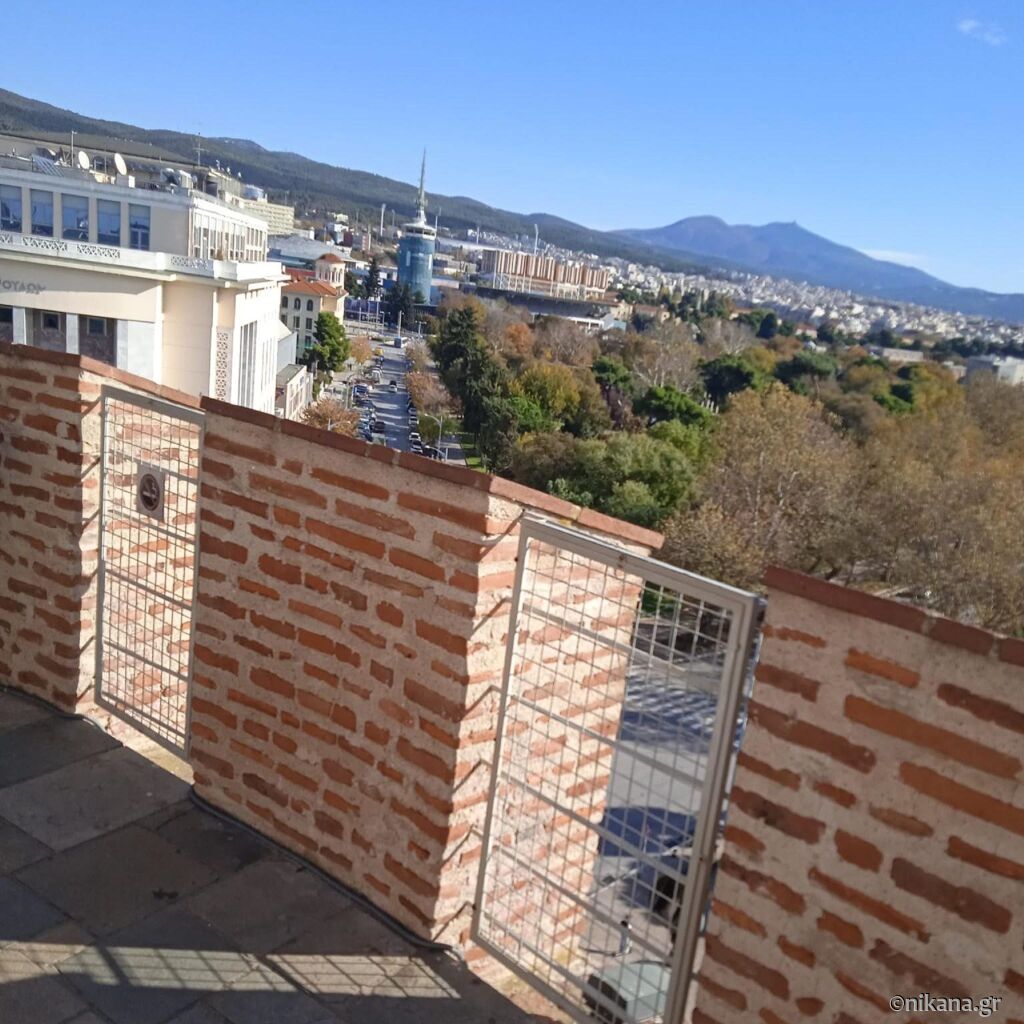
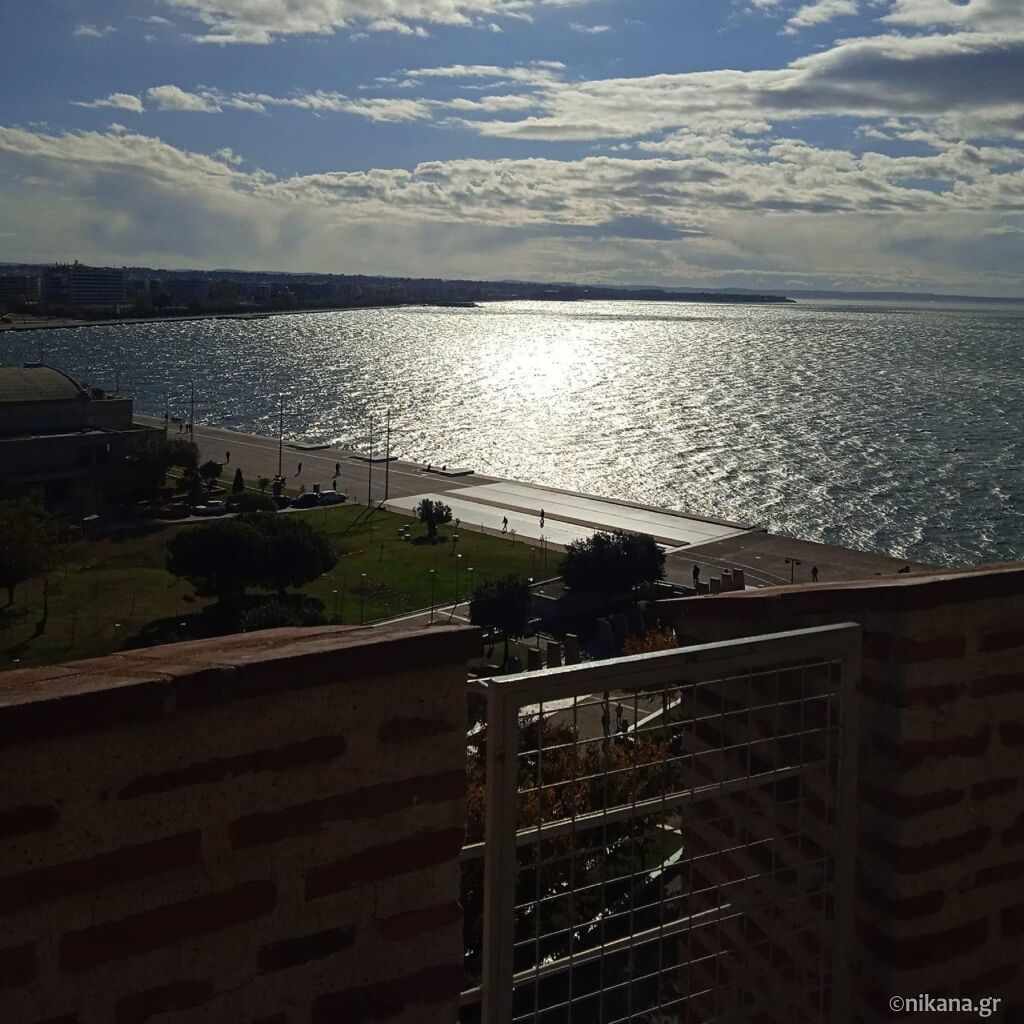
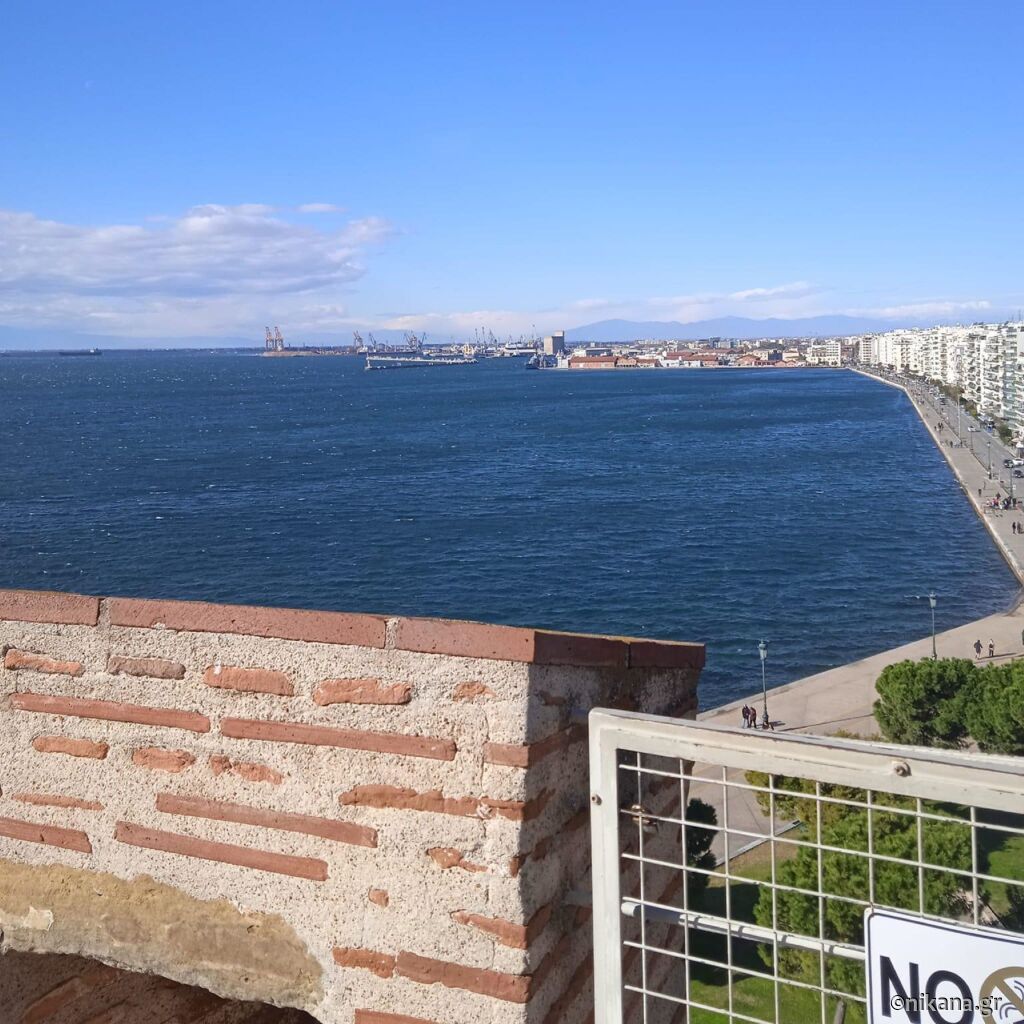

















Post a Comment
NOTE
All your questions in the comments will receive an answer via email so check your inbox shortly after you posted comment. For more detailed questions and responses, contact us via mail nikana@nikana.gr.